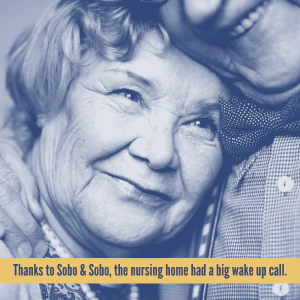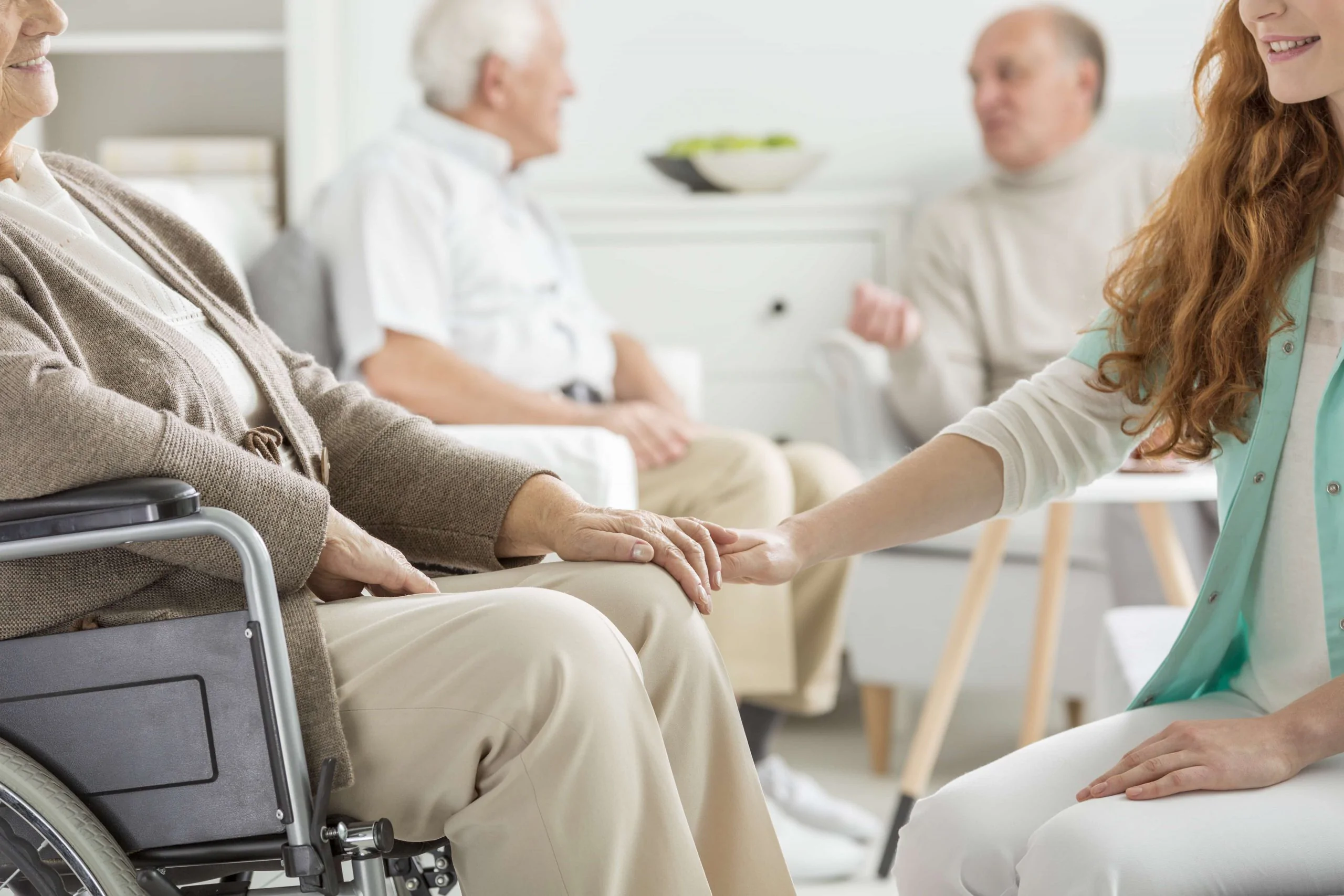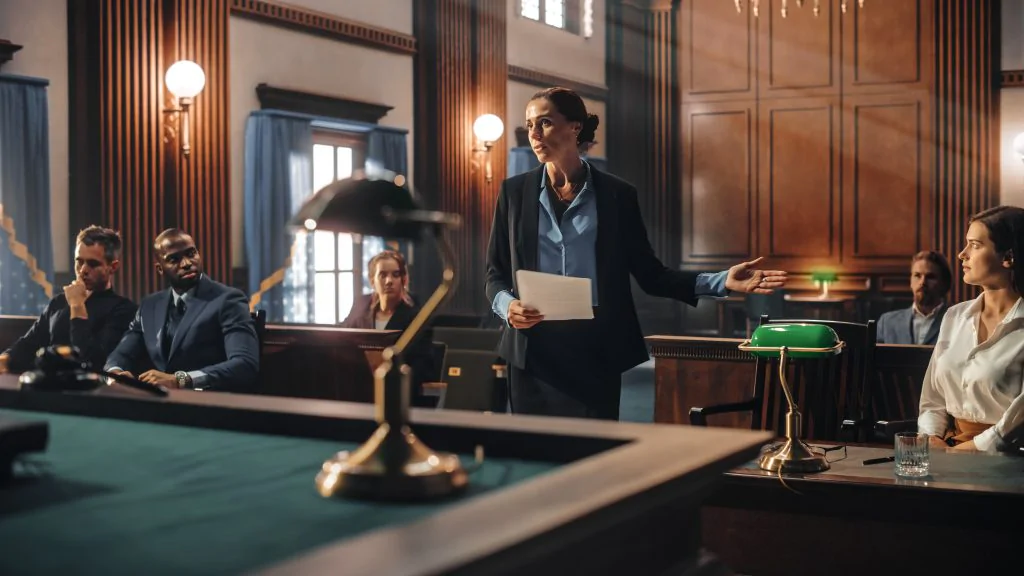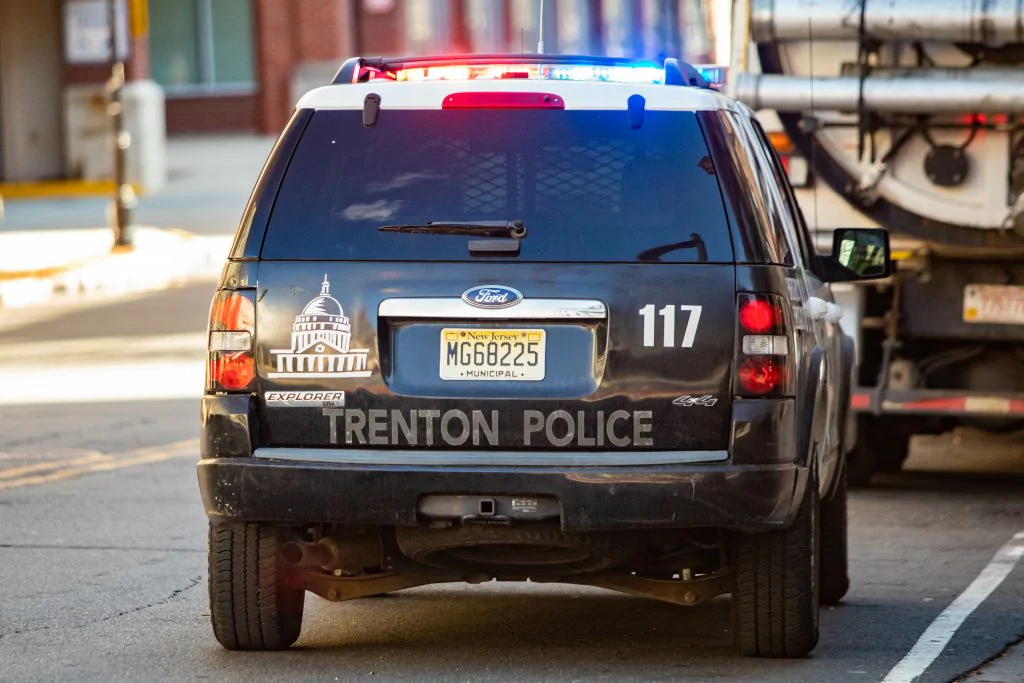Many people trust nursing homes and other elderly care centers to provide their parents, grandparents, and great grandparents with the same care and attention they would provide to relatives themselves. In fact, nearly 3.2 million Americans lived in nursing homes as of 2008, and that number has likely only grown over time.
But although nursing homes promise to care for their charges, some elderly patients may become the victims of nursing home malpractice. In such situations, justice is possible with the right legal counsel and a well-constructed nursing home malpractice case.
What is Nursing Home Malpractice?
Nursing home malpractice occurs when an elderly care provider—whether it’s a nursing home overall or an individual attendant—abuses or neglects a patient. As with many other malpractice cases, such incidents are usually the result of neglect or recklessness. The elderly patient may receive injuries or pain as a result of the behavior of their healthcare provider.
Nursing home workers may also be abusive toward their charges. Because nursing homes are relatively closed environments, such cases often go unnoticed or unreported. The elderly are a particularly vulnerable population, especially if they don’t have close family members that check on them and frequently inquire about their well-being with the nursing home staff.
Example of Nursing Home Negligence
 After a few months at her new nursing home, Angelina wasn’t feeling like herself. “My family noticed I was slurring my words. I couldn’t read, or concentrate on any activity anymore, I was having difficulty holding conversations and feeling mentally present… I thought I was just getting old,” said Angelina, “but really, something much more sinister was going on.”
After a few months at her new nursing home, Angelina wasn’t feeling like herself. “My family noticed I was slurring my words. I couldn’t read, or concentrate on any activity anymore, I was having difficulty holding conversations and feeling mentally present… I thought I was just getting old,” said Angelina, “but really, something much more sinister was going on.”
Angelina never bothered to ask what the new pill was that was brought to her twice a day. It wasn’t until her family investigated that she found out she was being given an antipsychotic medication which was intended for another resident, but given to her instead due to a clerical error. According to her grandchild, “Grandma was acting like a zombie, she was really sick and kept forgetting things.”
Fortunately, Angelina’s daughter was present one evening when the pill was brought to her, and explained to the staff that there must have been a mistake. Angelina showed no signs of mental illness prior to taking the pill. “When she stopped taking the pill… the change was almost immediate,” said Angelina’s daughter. “It’s like she just woke up. And thanks to Sobo & Sobo, it was a big wake up call to the nursing home too. Mistakes like that just cannot happen. Completely unacceptable.
This is a true story. We’ve changed the name and photograph of our client to protect her privacy.
What Does Nursing Home Malpractice Look Like?
Nursing home malpractice can be split broadly into two types: abuse and neglect.
Abuse is generally understood as malpractice when the staff of a nursing home deliberately mistreats the patient. Such malpractice cases may qualify as criminal violations depending on the nature of the abuse.
Examples of nursing home abuse include:
- Financial abuse, in which the elderly patient’s funds are illegally taken or spent without their permission. This can also extend to a nursing home worker taking advantage of a patient’s confusion to use their money for their own gain, even if no physical violence is present.
- Sexual abuse can occur to any senior citizen but is especially dangerous for those that cannot clearly communicate, or citizens who cannot give consent or disapproval.
- Emotional or psychological abuse. These forms of abuse may be very difficult to detect and they include humiliation, ridicule, or other demeaning behavior. Intimidation also qualifies as abuse.
- Physical abuse, in which a nursing home worker physically attacks or injures a patient.
Neglect is different from abuse as it covers actions that are not necessarily malicious. Negligence can occur out of malicious intent, but it may also occur if, for instance, a nursing home is understaffed and its workers fail to help one or more of their patients.
Examples of nursing home neglect include:
- Lack of access to or attention for personal hygiene needs, especially for senior citizens who need assistance with mobility
- Lack of food or water
- Lack of proper medication, or medication overdose
- Poor living conditions – for instance, patients may receive bedsores if they are not moved or rotated on their beds frequently enough
- Lack of frequent medical attention
The last example of neglect can be seen in the real world even today. The New York Times suggests that up to 40% of all COVID-19-related deaths have occurred in nursing homes. As COVID-19 continues to spread, the elderly–many of which are among the most vulnerable to death or serious complications from the disease—have suffered in nursing homes due to inadequate preparation or medical care.
Signs of Nursing Home Malpractice
Because the elderly are not as able to call or signal for help, detecting the signs of malpractice can be difficult. Anyone visiting elderly family members should frequently inquire as to their well-being and ask about their health. Trust and communication are key to identifying and stopping nursing home malpractice before it becomes extremely dangerous and permanently damaging.
Prevalence of Nursing Home Malpractice and Neglect
Nursing home malpractice is much more widespread than many people believe.
- Nationwide, nursing home malpractice is alarmingly common. The National Center on Elder Abuse indicates that nearly one in three US nursing homes were cited for violations during a two-year period.
- Furthermore, a study interviewing 2,000 nursing home residents found that 44% said they had been abused and 95% said they had been neglected or seen another person neglected
- The same study showed that over 50% of nursing home staff admitted to mistreating older patients
- In 2017, the New York State Department of Health conducted a study surveilling 624 nursing homes. They discovered approximately 13,440 cases of elder abuse or neglect, which was 9% greater than those reported by public complaint in 2016.
- Of those cases, 9% (or 1,270) of them were serious violations involving violence, neglect, or threatening to withhold care
- The New York State Elder Abuse Prevalence Study discovered that only 4% (or 1 in 25) cases of elder abuse were reported overall.
This data shows that elder abuse is more common in the US than most would believe. Furthermore, legal authorities are likely not fully aware of how widespread the issue is, nor are they necessarily able to pursue most cases since most incidents of malpractice go unreported.
Why Does Malpractice Occur at Nursing Homes?
Because nursing homes treat one of the most vulnerable populations in the country, abusers may deliberately seek employment at these institutions. In other cases, nursing home malpractice could occur out of general recklessness or negligence, the same as in other medical malpractice cases. For instance, a worker may deliberately decide to skip a final check up on their assigned patients so they can go home early.
Sometimes, malpractice does not occur out of malicious intent. In fact, some resources indicate that over 90% of nursing homes are currently understaffed, meaning that even well-meaning nursing home employees could unintentionally neglect their patients.
In these cases, nursing homes themselves may be held liable for malpractice if it can be proven that the nursing home boarded too many elders for it to adequately care for.
Filing a Nursing Home Malpractice Case
Nursing home malpractice cases may be filed by either the patients themselves or their families. However, nursing home malpractice cases can be very difficult to prove, particularly if the neglect or abuse is emotional or otherwise impossible to detect without an admission by one or more parties responsible for or directly aware of the malpractice.
For malpractice cases, neglect or recklessness must be proven for a case to be successful. Knowledgeable New York nursing home malpractice attorneys can help victims and their families get the justice and compensation they deserve.
Compensation from Nursing Home Malpractice Lawsuits
If a nursing home malpractice case is successful, the victim and/or their families can receive compensation for the damages, pain and suffering they sustained. Such compensation can include:
- Costs for pain and suffering, either physical or emotional
- Costs for medical care if further injuries were incurred directly as a result of the abuse
- Costs for transitioning to a new nursing home
- Costs for loss of companionship if the elderly patient died as a result of the abuse
Contact New York Nursing Home Malpractice Attorneys Today
Whatever the specifics, nursing home malpractice victims should contact Sobo & Sobo right away. With these types of malpractice cases, time is always of the essence. An abusive or neglectful nursing home employee could attempt to escape or cover their racks.
With Sobo & Sobo’s help, victims can find the justice they deserve and ensure that they or their loved ones receive the attention and comfort they deserve. Contact Sobo & Sobo today for a free consultation by calling 855-468-7626.




